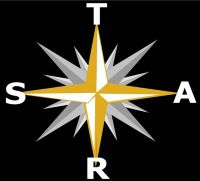Renewable Energy
To achieve energy self-sufficiency, a smart city must integrate multiple renewable energy sources with advanced storage and distribution systems. Here’s how solar, wind, and biogas can power a smart city sustainably:
Solar Panel Production & Deployment:

Localized solar panel manufacturing reduces dependency on imports and creates jobs. Rooftop solar on homes, offices, and factories maximizes urban space.
Solar farms provide large-scale power for grid stability.
Battery Storage production
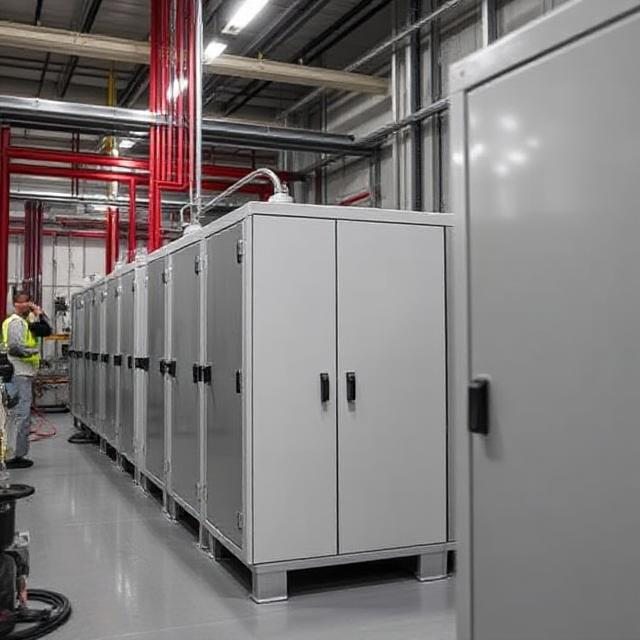
Lithium-ion, betavoltaic, cryogenic, gravitricity batteries (e.g., Carbon-14 technology) store excess energy for night use.
AI-driven energy management optimizes solar charging and discharge cycles.
Wind Power
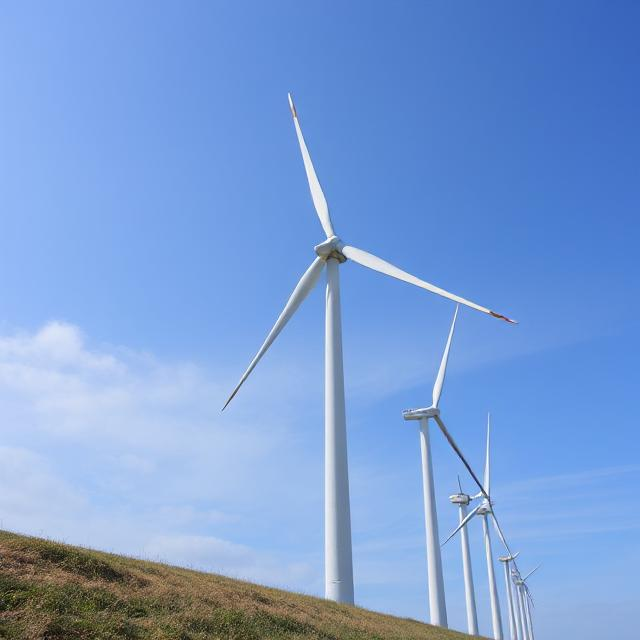
Urban & Offshore Wind Turbines: Micro wind turbines on high-rise buildings supplement local energy needs.
Large-scale wind farms near coastlines or open areas ensure stable power generation.
AI & IoT for Wind Efficiency: Smart algorithms predict wind patterns and optimize turbine performance.
IoT sensors monitor blade wear, ensuring predictive maintenance.
Biogas – Waste-to-Energy for a Circular Economy
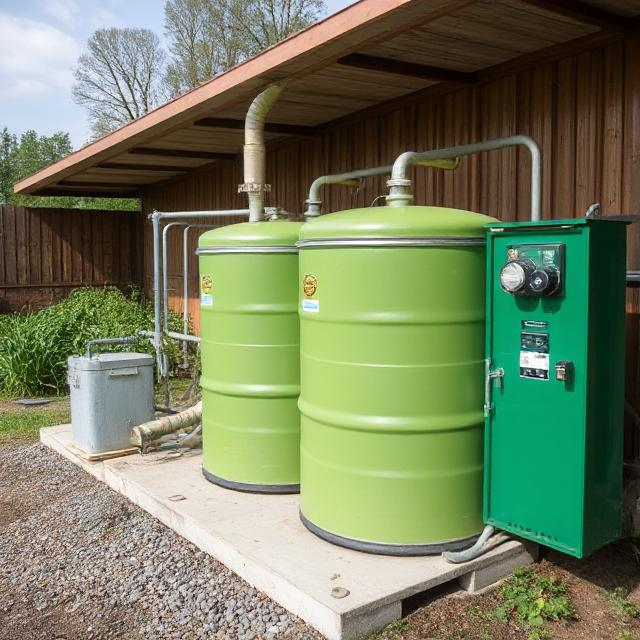
Biogas from Organic Waste: Food waste, sewage, and agricultural byproducts are converted into methane for power. Smart biogas plants use AI to optimize digestion rates and gas production.
Applications in a Smart City: Residential & industrial heating powered by biogas.
Biogas-fueled microgrids for off-grid communities. Automated waste collection & digestion ensures a closed-loop energy cycle.
Smart Underground Energy Grid – Integrating Renewable Sources
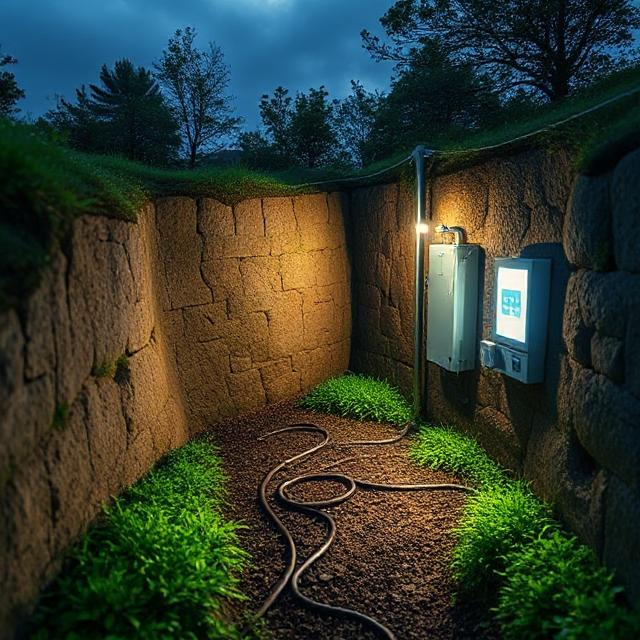
Decentralized Energy Generation: Each home or business generates and stores its own power. Peer-to-peer energy trading allows residents to sell excess energy via blockchain.
AI-Optimized Energy Distribution: AI predicts energy demand and balances solar, wind, and biogas inputs. Smart grids automatically reroute power during outages or peak demand.
